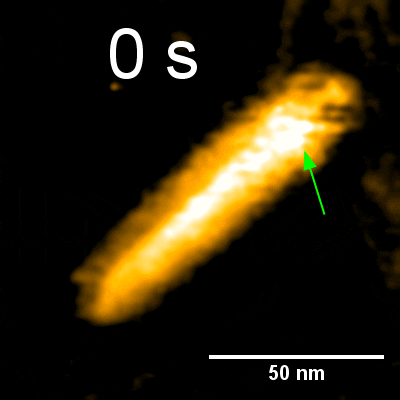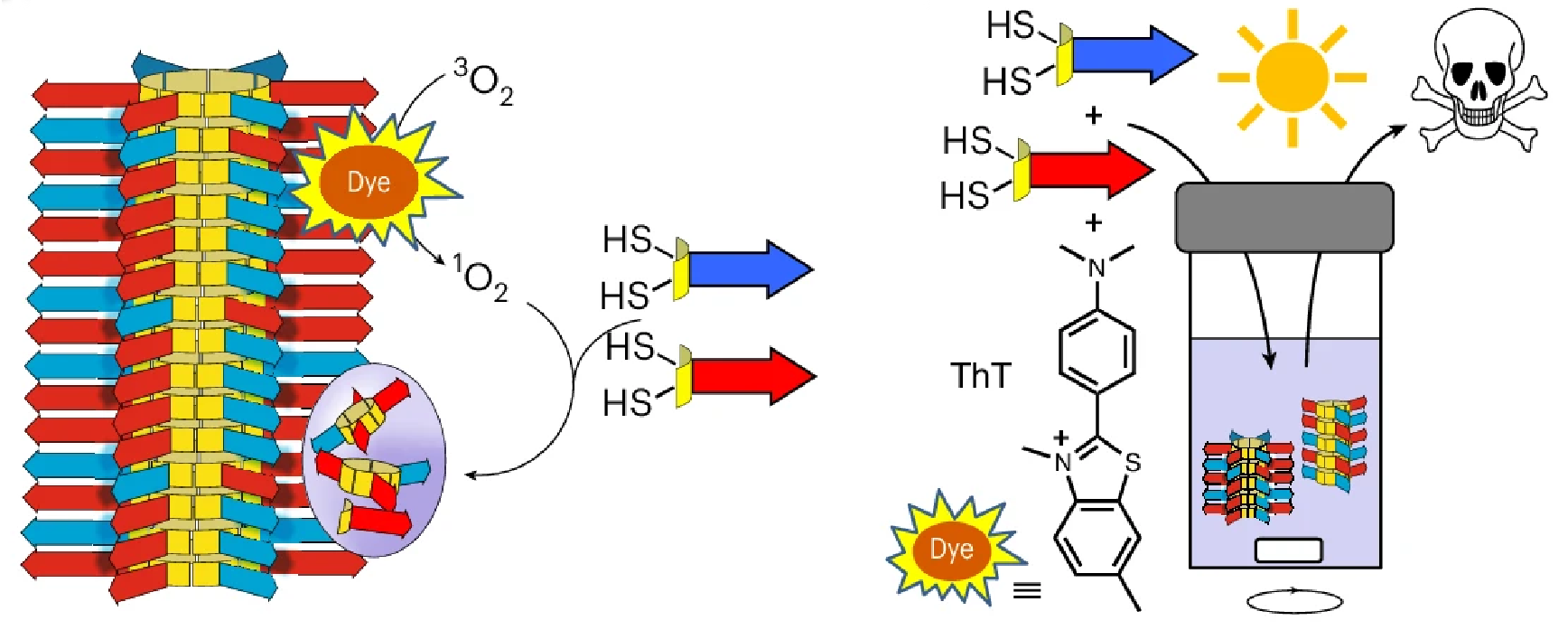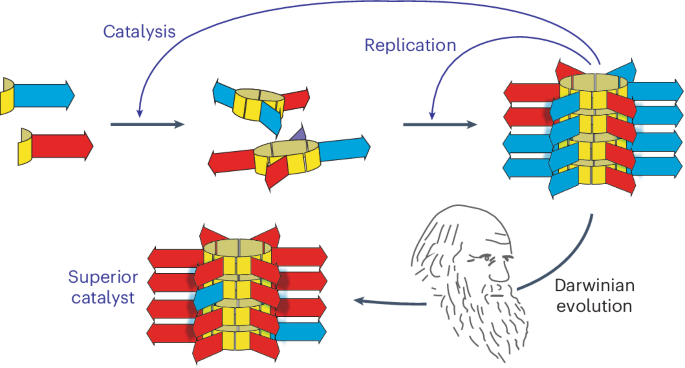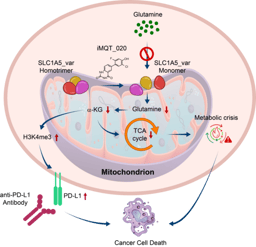Darwinian Evolution Emerges in Synthetic Chemical Systems
In nature, Darwinian evolution—the survival and reproduction of the fittest—has shaped life in all its forms. But could such an evolutionary process arise in a purely synthetic chemical system, one not derived from biology? Our study answers this long-standing question with a decisive yes.
In this work, we demonstrate the emergence of functional evolution among artificial self-replicating assemblies. These replicators compete for survival based on a functional trait: their ability to catalyze a light-driven reaction that produces the very precursors required for their own replication. In other words, the most efficient photocatalysts evolve to become the fittest replicators.
Our system is built from peptide-based building blocks that spontaneously assemble into cyclic structures. These rings stack into fibrous structures that can grow and fragment under mechanical agitation, leading to exponential self-replication. When coupled with the photoredox cofactor Thioflavin T, the system produces singlet oxygen under light irradiation, converting dithiol monomers into disulfide precursors. Replicators that more effectively recruit and activate the cofactor generate precursors faster, thereby gaining a selective advantage in a dynamic, out-of-equilibrium environment.

The growth of a replicator fiber is accompanied by the consumption of precursor aggregates, as observed by high-speed atomic force microscopy.
In a flow reactor continuously supplied with building blocks and irradiated with light, the system underwenta replication-destruction cycle reminiscent of natural ecological dynamics. Over time, specific mutant replicators emerged and were selected for their enhanced photocatalytic performance. This represents the first demonstration of Darwinian evolution driven by a functional, metabolism-like trait in a fully synthetic chemical system.

Light-driven protometabolism in synthetic self-replicators and their evolution under flow conditions
By integrating self-replication, protometabolism, mutation, and selection, our work establishes a framework for the de novo synthesis of life-like chemical systems capable of evolving photocatalytic functions in a Darwinian manner. It illustrates how chemical evolution, once exclusive to biology, can now be harnessed in the laboratory to create intelligent, evolvable materials.
Follow the Topic
-
Nature Catalysis

This journal brings together researchers from across all chemistry and related fields, publishing work on homogeneous catalysis, heterogeneous catalysis, and biocatalysts, incorporating both fundamental and applied studies.


Please sign in or register for FREE
If you are a registered user on Research Communities by Springer Nature, please sign in